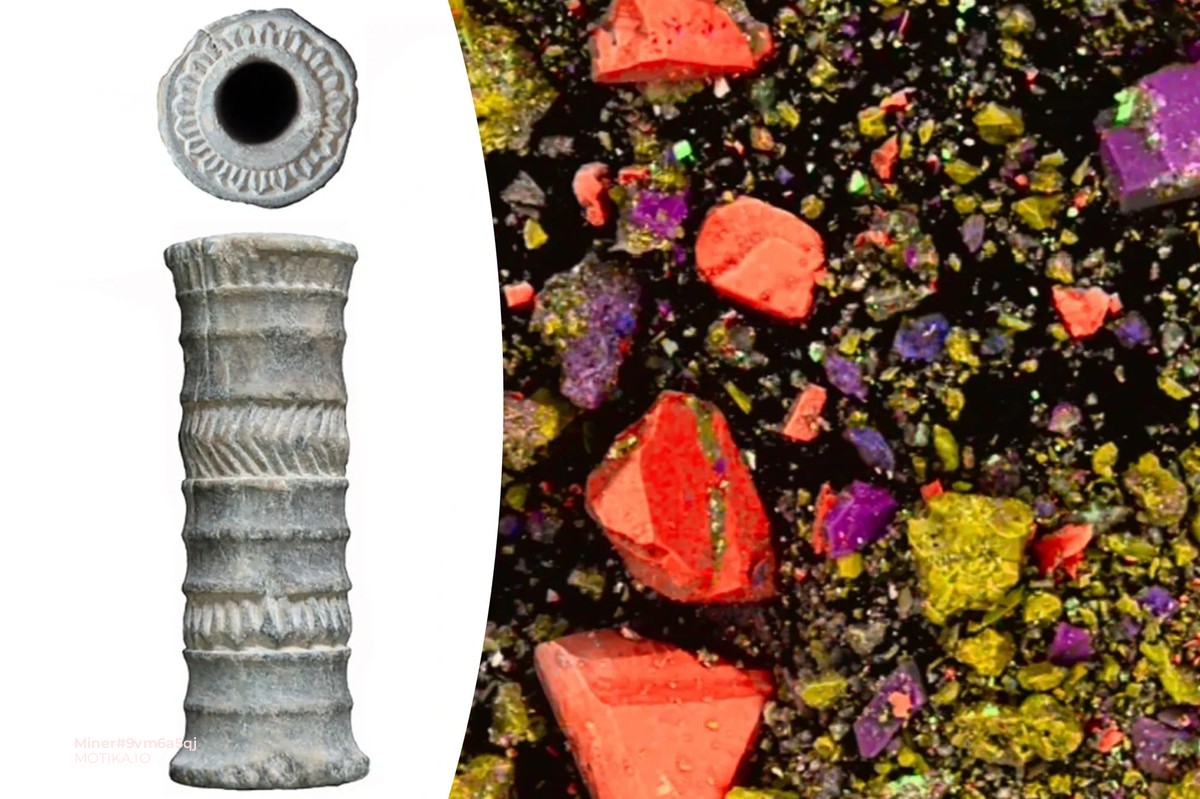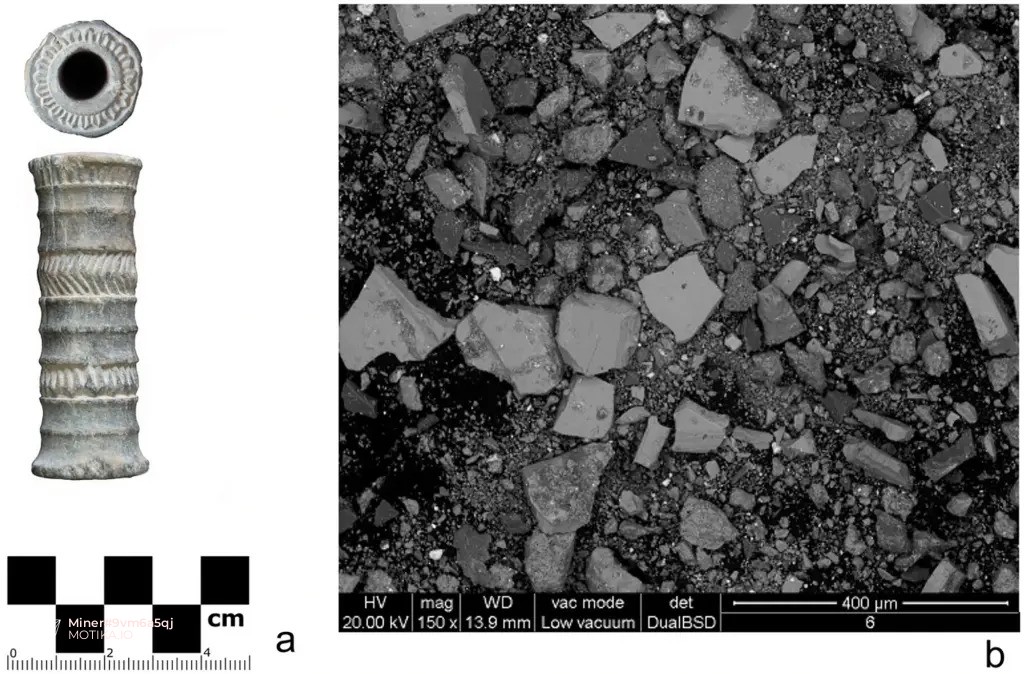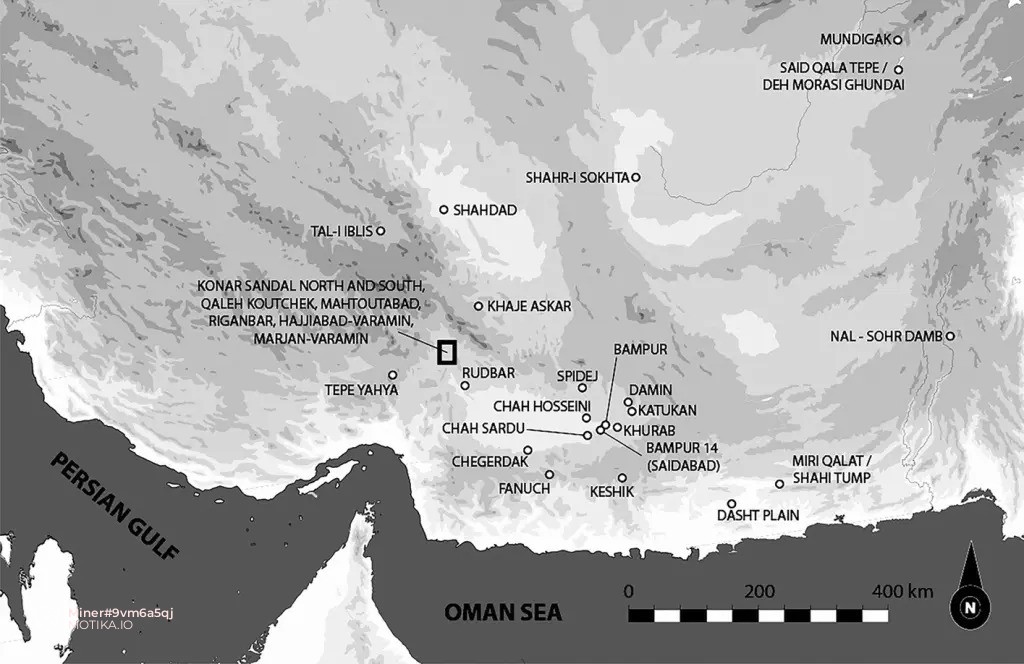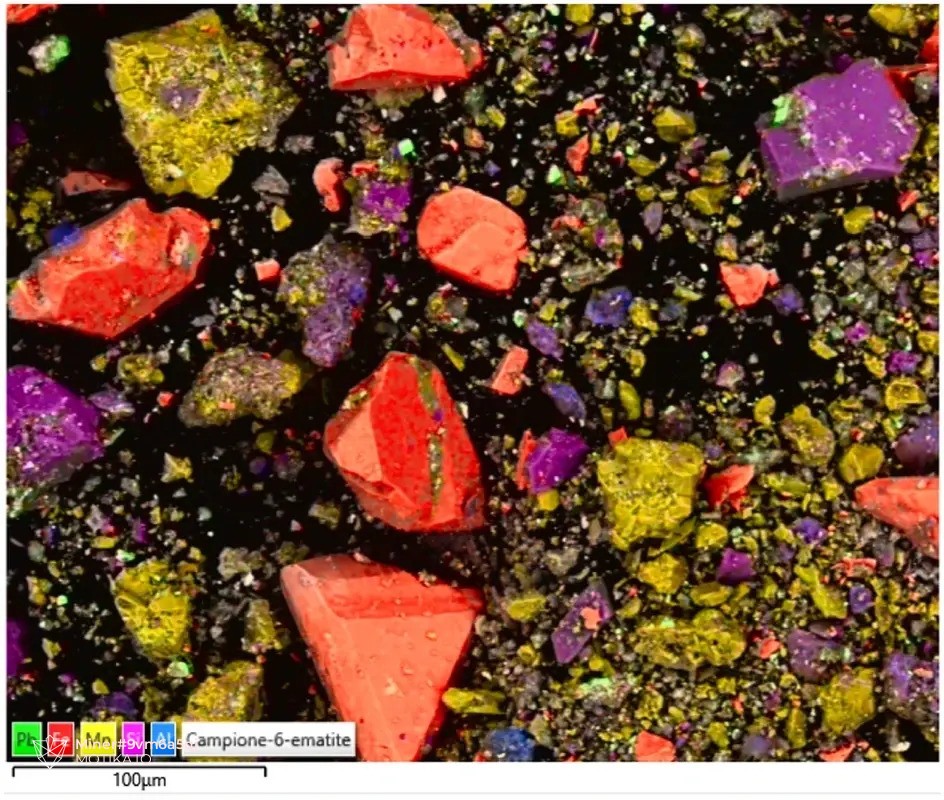World's Oldest Lipstick Discovered in Iran
Archaeologists in southeastern Iran have unearthed the world's oldest physical form of lipstick, a hand-engraved stone vial made of chlorite. Carbon dating places the artifact between 1936 B.C. and 1687 B.C. The vial includes a hole at the top for extracting contents and was likely applied using a brush. This discovery sheds light on ancient cosmetic practices and suggests a long history of beauty rituals.

In This Article:
Origins and Context of the Lipstick Vial
The lipstick vial was originally discovered in 2001 from a third-millennium BC cemetery near the Khalil River in Kerman Province. It is believed to have belonged to the Jiroft culture, a Bronze Age civilization. The vial's emergence was prompted by a flood, revealing a glimpse into a civilization's beauty customs previously unknown to modern researchers.

Characteristics of the Ancient Lipstick
Upon microscopic analysis, scientists found dark pigments in the lipstick, indicating an "intense red color" of the original product. Despite lipstick's long history dating back thousands of years, the surprising aspect was finding such an ancient version in Iran. This discovery contrasts with Iran's modern history of makeup bans and restrictions, especially post-Islamic Revolution in 1979, although regulations have eased in recent times.

Speculations and Cultural Significance
While the researchers are intrigued by this ancient lipstick, they are uncertain about its specific usage. It's speculated to have been part of burial rituals among the Jiroft culture, possibly indicating the significance of cosmetics in both ceremonial and daily life contexts. This finding adds to our understanding of ancient cultures' aesthetics, social practices, and beliefs surrounding beauty and personal adornment.

